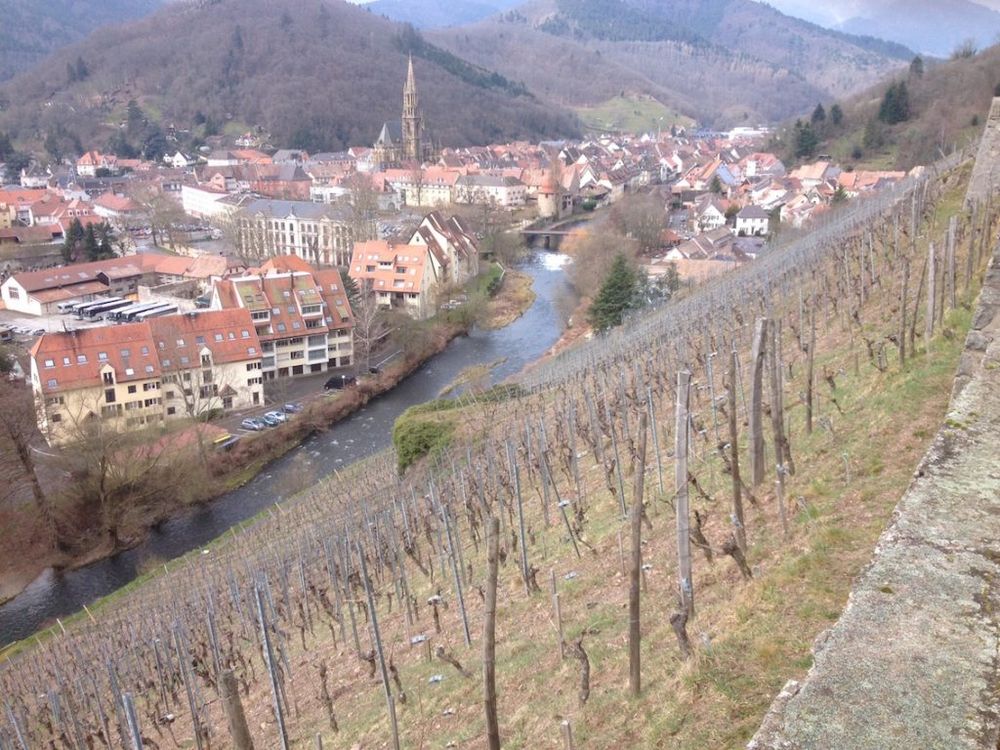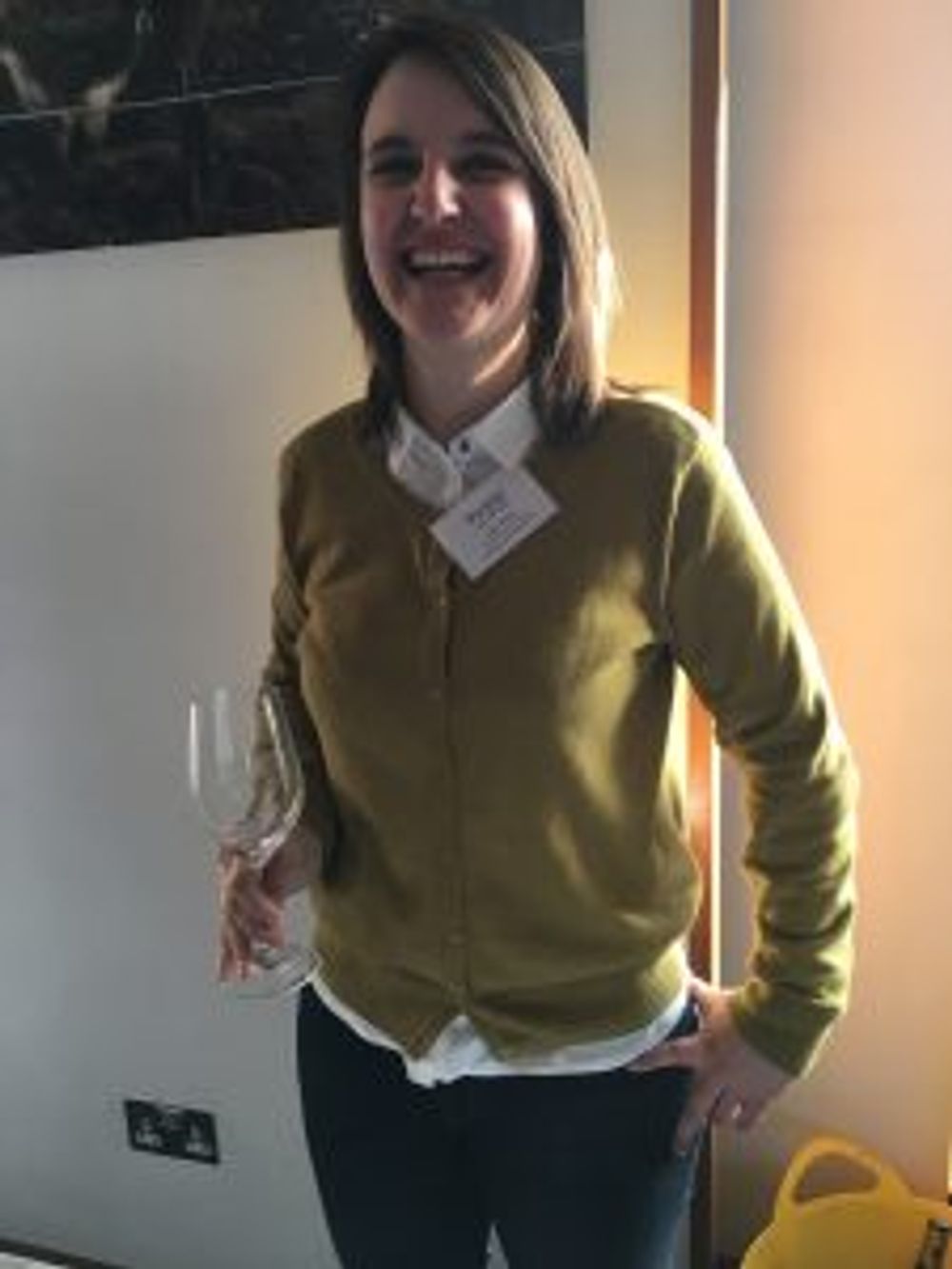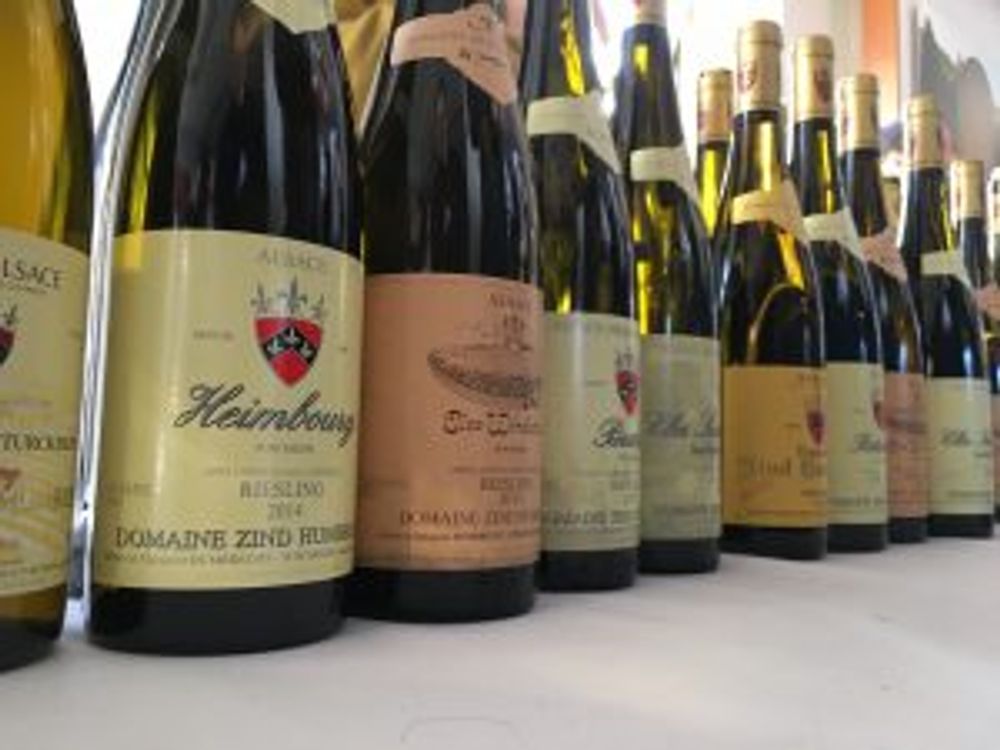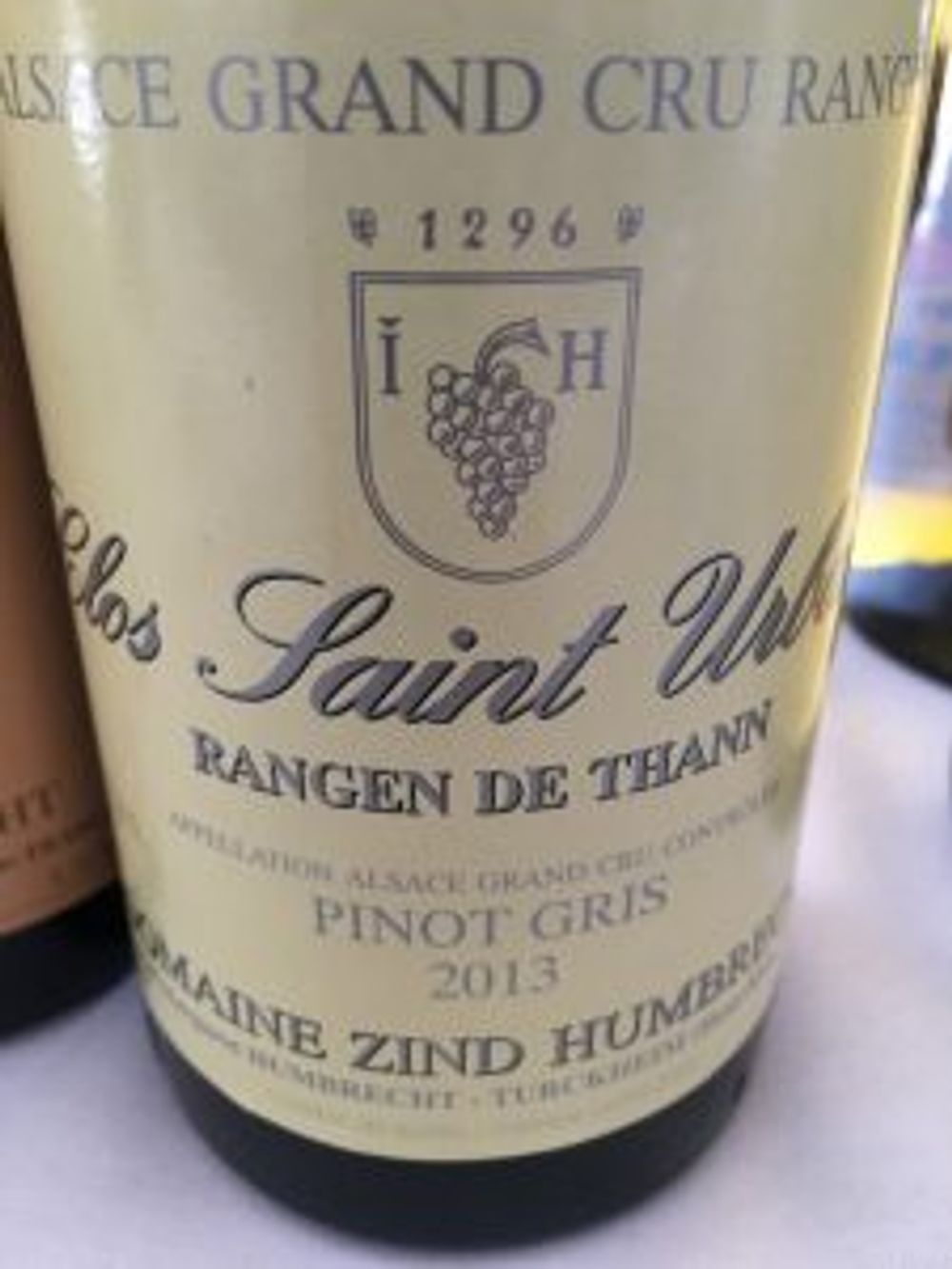Domaine Zind Humbrecht has remained one of the world’s top wine producers because of a knack of acquiring some of the best sites in Alsace and a non-interventionist style of winemaking – favouring gentle pressing, long lees contact and fermentation but little else, believing the wines should speak for themselves.
You have to admire Gonzalez Byass UK.
Ten years ago, mention of the company would simply evoke images of sherry. Little wonder, from Tio Pepe upwards, this is home to some of Spain’s most famous and high quality sherries.
But over the past decade, Gonzalez Byass UK has also built up one of the industry’s most impressive portfolios of wineries.
Today its name is synonymous with quality wines from both the old world and new world.
If big, quality Australian wine is your thing they have South Australia’s Wirra Wirra.
Prefer impressive and innovative Kiwi wine, including some of that country’s best Pinot? Jackson Estate satisfies the most exacting tastes.
Like bubbly as an aperitif or port or sweet wine for afters? Champagne Deutz, Quinta do Noval and Disznoko Tokaji are all historic, quality names whose presence in Gonzalez Byass UK’s portfolio reflects its determination to be one of the key distributors of quality international wine brands.
The iconic vineyards and winemaking of Domaine Zind Humbrecht
One of the recent jewels in the crown is Domaine Zind Humbrecht, the Alsace producer that can trace its lineage back for generations but which came into its current form 58 years ago with the amalgamation of the Zind and Humbrecht vineyards.
Domaine Zind Humbrecht has truly come into its own since 2002, the year it became one of the region’s top fully biodynamic wineries and more committed than ever to terroir-driven quality wine made to the most exacting standards.
Under the guidance of Olivier Humbrecht, who took over in 1990, but before that Olivier’s father Leonard, Domaine Zind Humbrecht has expanded its acreage tenfold.
Today it produces some 250,000 bottles of around 30 different, mostly single varietals wines a year, ranging in price from around £15 a bottle up to around £100, on around 100 acres of vines. But not just any vines.
Leonard had a knack for buying some of the most quality parcels of land in the Alsace region, which is famous for its rich, often volcanic soil.

The Rangen Vineyard, Alsace
Today as a result of his foresight, Domaine Zind Humbrecht has vines in four grands crus including Hengst, Brand (pink granite soil) and the famous Clos Rangen, which yields some of Alsace’s most impressive wines, as well as some impressive single vineyard plots of which Clos Windsbuhl – famous for its limestone and chalk soil – and Rotenberg are the best known.
But for the true connoisseur it is the Rangen wines that are the most desired – and thus also the most expensive.

Zind Humbrecht winemaker Jolene Hunter
Early last year, Domaine Zind Humbrecht’s charming young South African-born winemaker Jolene Hunter took me to the Rangen, some 40 minutes drive from Domaine Zind Humbrecht’s Turckheim base, to demonstrate why it makes such outstanding wines: this is the only site in Alsace which is wholly classified as Grand Cru and includes the Clos St Urbain, where Domaine Zind Humbrecht has its vineyards.
Because of its steepness – rising at a 60-70 degree angle near the village of Thann – the Rangen gets warmth and light late into the season, which is why wine has been grown here reportedly since the late 13th century, and is good news for the Pinot Gris, Gewurztraminer and Pinot Gris that thrive here.
Clambering up the hill even in relatively good weather in good shoes is a bit of a struggle, to the extent I wonder whether the little chapel halfway up the hill is for winegrowers and pickers to give thanks for getting that far.
Hunter says customers come from far afield to walk these famous volcanic slopes, which yield such expressive and dominant wines.
“We had a lady visitor from China who was determined to climb the hill even though it was stormy and raining at the time, and she was not dressed for it; she made it up and back but it really looked touch and go for a while,” she recalls.
As a winemaker, Hunter is committed to Olivier’s non-interventionist style, favouring gentle pressing, long lees contact and fermentation but little else, believing the wines should speak for themselves.
This approach has helped make Domaine Zind Humbrecht’s wines popular amongst both connoisseurs and the wider wine drinking public as has its decision to put sweetness levels onto its wines.

The Indice range 1-5 – shown on the front of the bottle, near where the alcoholic content can be found, reflects ‘perceived’ levels of sweetness, moving from dry to Late Harvest (Vendages Tardive) styles.
The move, favoured now by a number of Alsace producers in a region whose wines were once famous for not giving anything about style away, has been very successful, says Hunter, and has removed one of the key elements of style uncertainty across the region.
Tasting the wines of Domaine Zind Humbrecht

Domaine Zind Humbrecht had a daunting 25-30 different wines to taste at Gonzalez Byass UK’s recent tasting, ranging from the very acceptable entry level Mis en Domaine wines, which included the Zind 2014, a blend – most unusual for Domaine Zind Humbrecht – of Chardonnay and Auxerrois, Zind Humbrecht Pinot Blanc 2015 and the surprisingly fat and full-bodied Zind Humbrecht Riesling Turckheim 2015.
Frankly, they all tasted delicious, moving towards greater depth and complexity as you moved up the quality and price scale, with Pinot Gris the real star turn, able to produce sweet, demi-sec and dry wines, all with a wonderful texture and full mouth feel.
There were further revelations in Jolene Hunter’s masterclass, which contrasted Rieslings, Pinot Gris and Gewurztraminers from Clos Windsbuhl and the Rangen.

The wines shown demonstrated the contrasting soil types; the late ripening Clos Windsbuhl produces elegant wines characterised by high acidity that even tames some of Gewurztraminer’s natural exuberance, whilst the Rangen wines are given a deep saline density by the dark, mineral-filled volcanic soil.
“The Alsace region is one of the best examples of a region where the ‘hand of man’ is minimal. Biodynamics helps give clarity to the wines and enable us to better stress the terroir,” says Hunter.
The contrast between the two sites was most apparent in the two sweet wines Hunter showed in the masterclass, the Zind Humbrecht Pinot Gris Clos Windsbuhl SGN 2008 and the Zind Humbrecht Pinot Gris Rangen Clos St Urbain 2009, with the former notable for its fantastic acidity and structure and the latter for its deep smokiness and salinity, its weightiness and darker appearance heavily suggestive of this iconic site’s remarkable soil.
There is a huge amount to discover and enjoy at Domaine Zind Humbrecht but you don’t have to look any further to understand why this is one of the most exciting and essential producers in Alsace.
DZH wines are imported by Gonzalez Byass UK and sold through Berry Bros and Rudd.









































